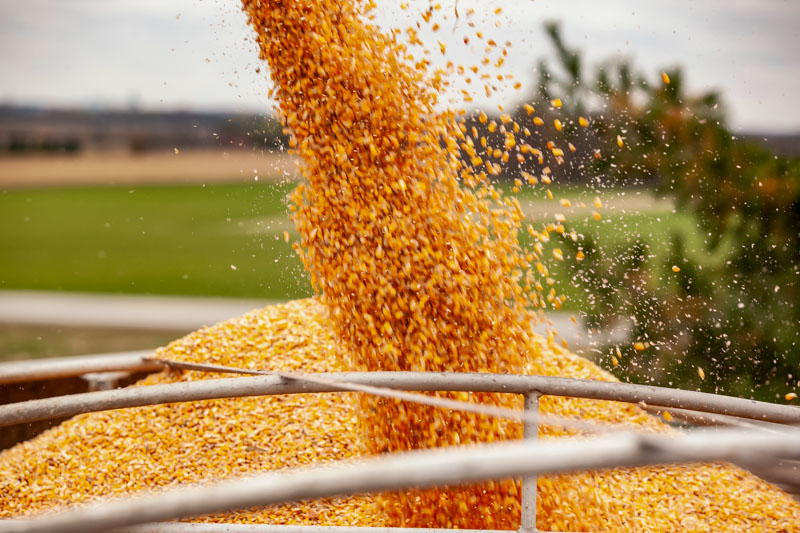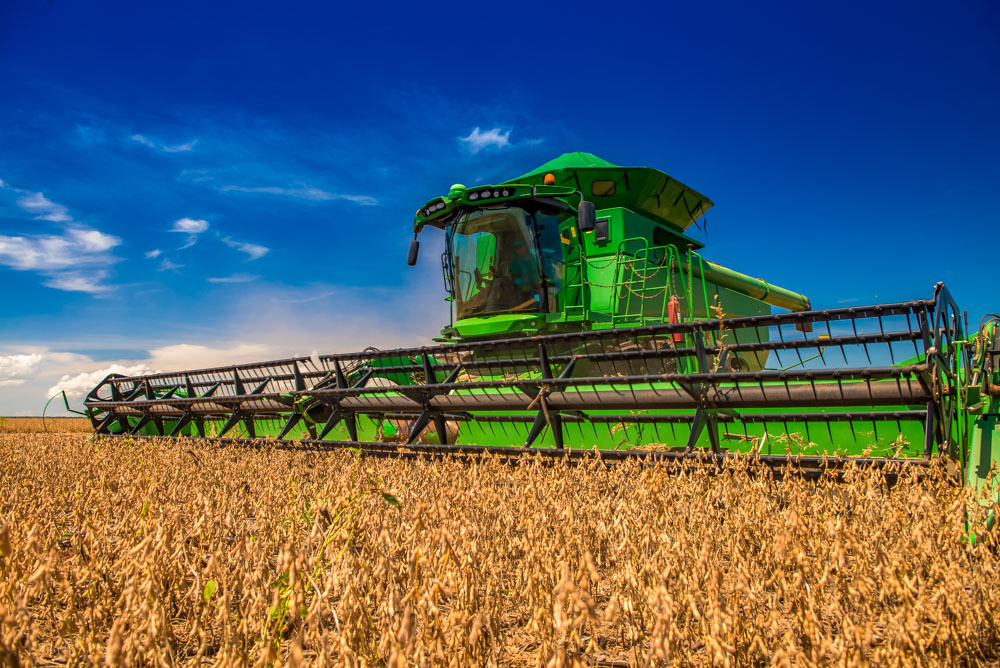Crop moisture tracking is an essential aspect of modern farming. For row crop farmers, understanding and managing it can mean the difference between a successful harvest and significant losses. By closely monitoring crop moisture, farmers can optimize their harvest times, maintain the quality of their produce, and ensure they meet market standards.
Why Tracking Crop Moisture Matters
Tracking crop moisture is crucial for several reasons:
- Harvest Timing: The moisture content of crops at harvest can affect both the yield and quality. For example, harvesting silage corn too early or too late can result in suboptimal moisture levels, affecting the kernel quality and storage life.
- Storage and Preservation: Proper moisture levels are critical for safe storage. Crops with high moisture content are more prone to mold and spoilage, while overly dry crops can become brittle and lose nutritional value.
- Market Standards: Different crops have specific moisture content standards that must meet the market acceptance. Ensuring your crops meet these standards can directly impact your profitability.
Examples of Crops and Harvest Methods Involving Moisture Monitoring
Here are some common crops and their associated harvest methods where crop moisture monitoring is vital:
- Hay Baling: Hay is best to bail between 15-20% moisture to prevent mold growth and ensure it stores well.
- Corn: Corn for grain we recommend harvesting at around 20-25% moisture and then dried down to 15% for storage.
- Silage Crops: Green chopping silage crops (i.e. corn, wheat, triticale) involves cutting the crop at moisture between 60-70% of moisture.
- Soybeans: Harvesting soybeans at around 13-15% moisture is ideal to minimize splits and damage to the beans.
- Wheat for Grain: Wheat for grain is best to harvest when the moisture content is between 14-20%. However, storage moisture needs to be, ideally 12% for the best quality.
The Importance of Moisture when Crop is Sold
Crop moisture content is a significant factor when selling crops. Buyers often have stringent moisture content requirements that must be met. Crops that do not meet these moisture standards can be subject to price deductions or outright rejection. For example, grains with higher moisture content than the accepted standard may require additional drying, adding to the cost and reducing profit margins. Conversely, overly dry crops might weigh less, reducing total sale volume.
Example Formula for Calculating Crop Yield to Target Moisture
Here is a simple example to illustrate how crop yield is adjusted based on target moisture:
Suppose you harvest 1,000 pounds of corn at 25% moisture content, but your target moisture content for sale is 15%. The formula to adjust the yield is as follows:
Adjusted Yield = Actual Yield * (100 – Actual Moisture) / (100 – Target Moisture)
Formula with actual values: 882.35 = 1,000 * (100 – 25) / (100 – 15)
Thus, after adjusting for the target moisture, the yield is approximately 882.35 pounds.
How AgNote Can Help
AgNote’s farm management software offers comprehensive tools to help farmers effectively track and manage crop moisture. With AgNote, you can:
- Customize Harvest Methods: In AgNote farmers can create custom harvest methods.
- Specify Crop Target Moisture: Set target moisture levels for each harvest method. AgNote’s functionality allows you to input the desired moisture content specific to your crop type and harvest method.
- Automated Yield Adjustment: Once the target moisture is specified, AgNote automatically adjusts yield to reflect the specified target moisture. This ensures accurate yield calculations that take into account the moisture content, providing a more precise estimate of your harvest value.
Take AgNote for a Test Spin
Ready to streamline your crop moisture tracking and enhance your farm management practices? Sign up for AgNote’s free seven-day trial and experience the benefits of precision farming. With AgNote, you can take control of your farm management, optimize your harvests, and maximize your profits. Don’t wait—register today and see the difference AgNote can make for your farming operations!

